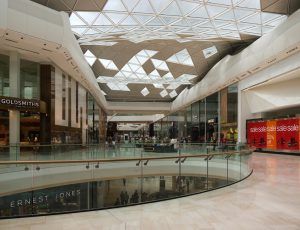This site is protected by reCAPTCHA and the Google Privacy Policy and Terms of Service apply.

For several decades, federal contractors have monitored the ebbing-and-flowing status of project labor agreements (PLAs). A PLA is a pre-hire collective bargaining agreement, specifically authorized under federal labor law, establishing the terms and conditions of employment for a specific project or group of projects. It
Always stay two steps ahead of your Competitors. Stay informed with the latest in the Industry.
This site uses cookies to ensure that you get the best user experience. By choosing “Accept” you acknowledge this and that ccr-mag.com operates under the Fair Use Act. Furthermore, Changing privacy laws now require website visitors from EEA based countries to provide consent in order to use personalized advertising or data modeling with either Google Ads & Analytics. Find out more on the Privacy Policy & Terms of Use Page